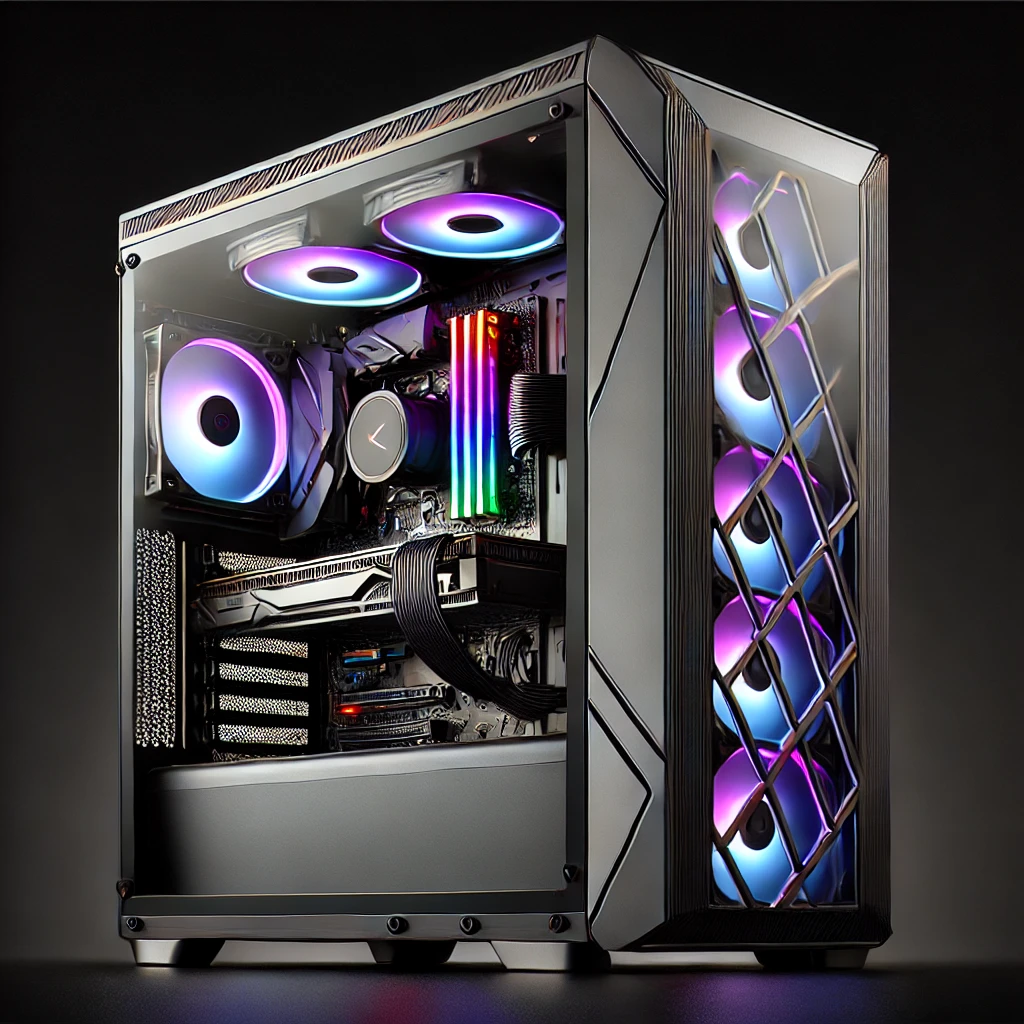Your cart is currently empty!
Hey there, fellow gamers! Ever found yourself in the middle of an intense firefight, only to be betrayed by a sudden lag spike? We’ve all been there. Today, we’re diving into the world of graphics settings to help you fine-tune your setup for the best performance. Whether you’re playing the latest AAA titles or indulging in some indie gems, tweaking your graphics settings can make all the difference.
Understanding Graphics Settings
Before we get into the nitty-gritty, let’s break down the basics of graphics settings:
- Resolution: This determines the number of pixels displayed on your screen. Higher resolutions provide sharper images but can be more taxing on your system.
- Texture Quality: Affects the detail level of surfaces in-game. Higher quality means more detailed textures but requires more VRAM.
- Anti-Aliasing: Smooths out the jagged edges of objects. While it improves visual quality, it can significantly impact performance.
- Shadows: Higher shadow settings add realism but can be a performance hog.
- V-Sync: Synchronizes the frame rate with your monitor’s refresh rate to prevent screen tearing, often at the cost of some performance.
- Draw Distance: Determines how far into the game world you can see. Higher settings provide more detail at long ranges but can affect performance.
- Post-Processing Effects: Includes various effects like bloom, lens flares, and motion blur. They add to the visual experience but can reduce FPS.
Step-by-Step Guide to Optimize Your Settings
1. Set Your Resolution
Start with your resolution. If you’re experiencing significant lag, consider dropping down from 4K to 1080p. It’s a good balance between visual quality and performance.
2. Adjust Texture Quality
Textures make a huge difference in how your game looks. If you have a high-end GPU with ample VRAM, crank it up. For mid-range setups, medium or high settings often provide a good compromise.
3. Tweak Anti-Aliasing
Anti-aliasing can be a resource hog. Experiment with different levels or try using FXAA or SMAA, which are less demanding than MSAA.
4. Manage Shadows
Shadows add depth to the visuals but can kill your FPS. Lowering shadow quality or disabling them can lead to a substantial performance boost.
5. Control V-Sync
If screen tearing isn’t an issue for you, consider turning off V-Sync. Alternatively, if you have a G-Sync or FreeSync monitor, use that technology instead for smoother gameplay without the performance hit.
6. Optimize Draw Distance
High draw distances are great for open-world games but can significantly impact performance. Setting this to medium can often provide a good balance without sacrificing too much detail.
7. Reduce Post-Processing Effects
Post-processing effects can be very demanding. If you’re struggling with performance, try turning off or lowering these settings. You might not miss them as much as you think!
Example Game Settings
Let’s look at three popular games and their optimal settings:
1. Cyberpunk 2077
- Developer: CD Projekt Red
- Suggested System Requirements:
- Optimal Settings: Medium textures, low shadows, FXAA, 1080p resolution.
2. The Witcher 3: Wild Hunt
- Developer: CD Projekt Red
- Suggested System Requirements:
- CPU: Intel Core i7-3770 / AMD FX-8350
- GPU: GTX 770 / Radeon R9 290
- RAM: 8 GB
- Optimal Settings: High textures, medium shadows, FXAA, 1080p resolution.
3. Fortnite
- Developer: Epic Games
- Suggested System Requirements:
- CPU: Intel Core i5-7300U / AMD Ryzen 3 3300U
- GPU: GTX 960 / Radeon R9 280
- RAM: 8 GB
- Optimal Settings: Medium textures, low shadows, FXAA, 1080p resolution.
Custom Gaming PCs at Lithgeek
For the ultimate gaming experience, consider a custom-built gaming PC from Lithgeek. Located at 53 Main Street, Lithgow, we specialize in crafting PCs tailored to your needs. Check out our online store for the latest components and accessories.
Final Tips
- Benchmark: Use in-game benchmarks or tools like FRAPS to test your performance after each tweak.
- Update Drivers: Ensure your graphics drivers are always up to date for optimal performance.
- Cooling: Ensure your PC is well-ventilated to prevent thermal throttling.
By fine-tuning your graphics settings, you can achieve a smoother gaming experience without sacrificing too much visual quality. Happy gaming!
Discover more from LithGeek Custom Gaming Computers
Subscribe to get the latest posts sent to your email.
Tags:

